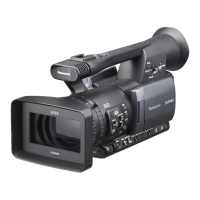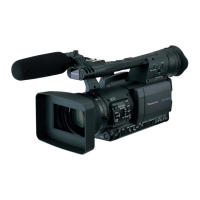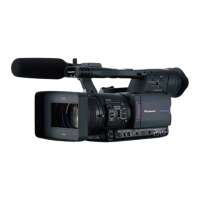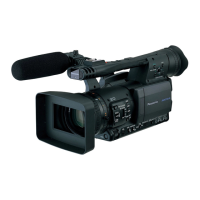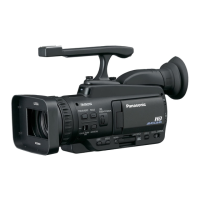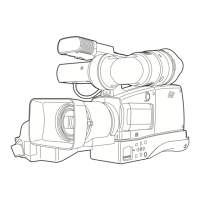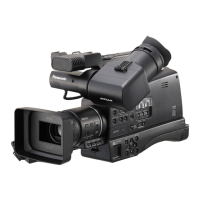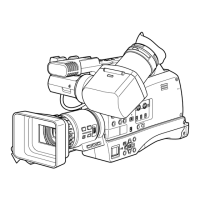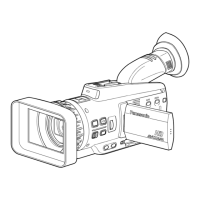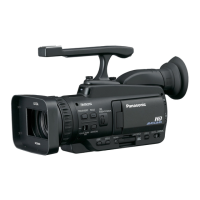•
Lead room / Nose room. Give your subject some
space to talk into. If someone is speaking there
should be more space in front of them than
behind them.
•
Cropping - crop at joints, allow for over-
scanning (still important to consider)
•
Foreground / background: think about what’s
behind your subject, the environment provides
context. Everything in the frame will be
interpreted by your viewers. Be careful not to put
in associations you don’t want your audience to
make. You are framing both your subjects and
their surroundings.
•
Move with subjects / subject pushes frame. Move
with your subjects when it makes sense, but have
them “push” the edge of frame, don’t just move
with every subject movement. It’s OK for the
subject to leave the frame in many circumstances.
Shot selection
•
Types of shots: XLS, LS, MS, MCU, CU, XCU
(each of these has a distinct meaning)
•
Motivation: why are we shooting what we’re
shooting?
•
Light: lighting creates mood, enhances emotion.
Good lighting and exposure are not a luxury.
•
Composition: how you balance the frame is
important. ere’s a notion similar to subject and
predicate in each frame. Position within the
frame implies many things. Bruce Block’s
wonderful book, e Visual Story, covers a lot of
ground in terms of composition.
Remember to shoot to edit with these basic
principles. It may be necessary to experiment with
several clips in Final Cut in order to learn how best to
apply these principles in a shoot to edit situation.
We’ll discuss the concept of coverage.
Audio
•
Handheld - Omnidirectional
•
Lavaliere
•
Shotgun
•
Mic Cables
•
Boom Pole
•
Pistol Grip or other mount
•
Microphone Stands
•
Wireless system (avoid if you can, but oh so
convenient, interference can be a problem)
•
Mixer (optional)
Lighting
•
Reector (ex-ll)
•
Light Kit (soft/open/fresnel)
•
Gels
•
Diffusion material
•
Reective umbrellas to use w/ Tota lights
•
Light Stands
•
Clothes pins (a.k.a. C-47s), gloves, gaffer tape
•
Extension cords (a.k.a. stingers)
Location Pre-Production Check List
Permissions
•
Obtain permission to shoot location or event if
needed.
•
Obtain release forms from subjects.
•
Shot List, think about transitions and cover
shots, you want to express your idea visually, not
just with people talking
Location
•
Scout location prior to shoot if possible
•
Check for power outlets, lighting and audio
issues.
•
Verify set-up time with location and crew.
•
Ask about a convenient unloading/loading area if
you have more gear than you can easily carry in
one trip
•
Inform any security or PR staff of your schedule
if shooting in an institutional setting
•
Have any release or location release forms that
may be needed, especially when working in a
school or institution that may have particular
concerns with cameras in their space, and usually
you’ll need to get permission to use the location
in advance.
Things to Have on the Shoot
•
Camera
•
Tripod
•
Tapes
•
Batteries
•
Extension cords, extra audio gear, gels, trick-line,
gloves, tools, gaffer (not duct) tape
•
Forms, subject and location releases, parking
permits, admittance waivers, etc.
•
Garbage bags
•
First aid kit
Introduction to the Panasonic AG-HMC150 AVCHD camcorder (rough draft) http://kino-eye.com/dvb/ 22 /35
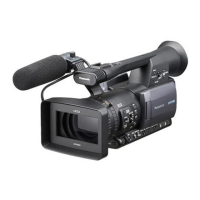
